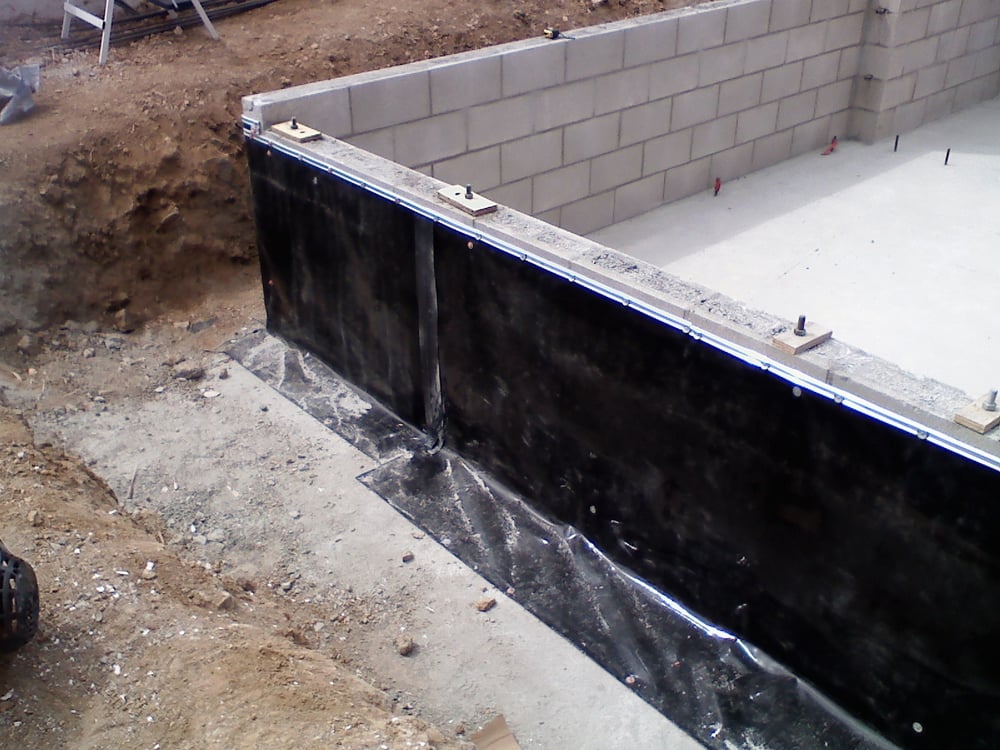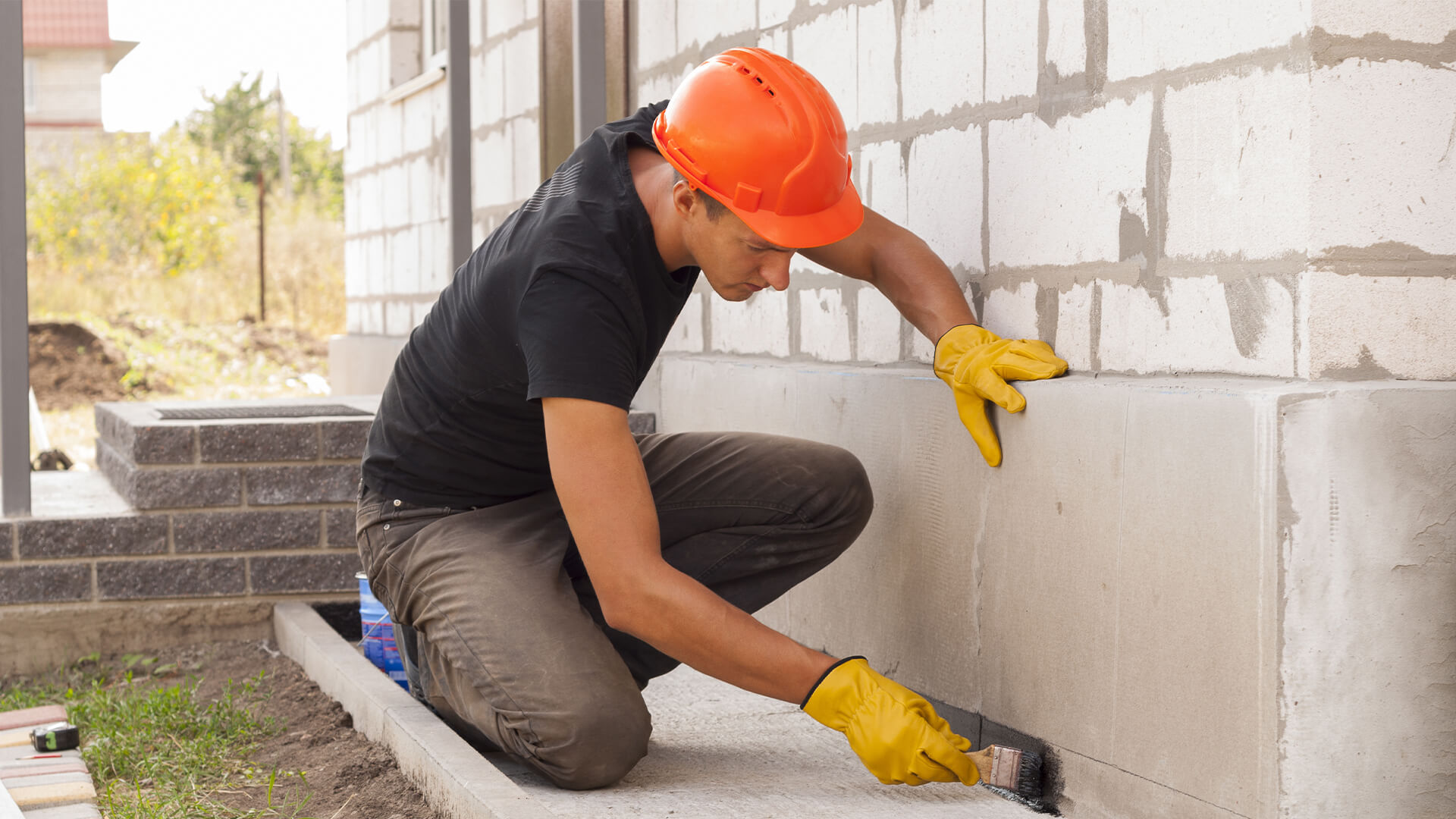Types of Waterproofing: Checking Out the Numerous Methods and Their Applications
Waterproofing is a crucial aspect of construction and maintenance. It secures frameworks from the detrimental effects of water damage. There are a number of techniques available, each with its special applications and advantages. From membrane systems to cementitious options, recognizing these alternatives is essential for efficient implementation. The selection of waterproofing method can considerably influence toughness and longevity. Exploring these different strategies reveals their unique advantages and prospective obstacles, prompting further factor to consider of excellent solutions.
Membrane Layer Waterproofing Solutions
Membrane waterproofing systems function as a crucial barrier against water intrusion in numerous frameworks. These systems normally include slim sheets made from products like rubber, polycarbonate, or asphalt, which are put on surfaces to avoid wetness penetration. They can be installed over or below grade and are specifically efficient in areas susceptible to high water direct exposure, such as cellars, roofs, and foundations.The setup procedure entails cleaning the substratum, using adhesives or guides, and precisely fitting the membrane to guarantee complete coverage. Membrane systems can be either fully adhered, mechanically attached, or laid loose, relying on the details needs of the project. They supply longevity and versatility, accommodating architectural activities without compromising their waterproofing capacities. These systems can be enhanced with additional layers for boosted security. Inevitably, membrane layer waterproofing systems are necessary for securing structures against water damage and keeping lasting honesty.
Liquid-Applied Waterproofing Coatings
Liquid-applied waterproofing coatings supply a flexible remedy for securing surface areas from water infiltration - Drainage & waterproofing company Omaha. These layers consist of liquid materials that, when used, create a seamless, flexible membrane layer. Their flexibility allows for application on numerous substrates, including concrete, metal, and timber. The coatings can be utilized in diverse atmospheres, from household to industrial settings, making them ideal for roofs, foundations, and below-grade structures.One substantial advantage of liquid-applied finishings is their capability to adapt to uneven forms and pass through splits, developing a durable obstacle versus wetness. They commonly show superb bond residential or commercial properties and resistance to UV radiation, ensuring long life and durability. Furthermore, the application procedure is typically simple, permitting for quick installment and reduced labor expenses. This technique additionally lessens the threat of water merging, as the constant layer efficiently directs water far from vulnerable locations. On the whole, liquid-applied waterproofing layers are an effective choice for comprehensive water security
Cementitious Waterproofing Solutions

Cementitious waterproofing options offer a robust option for structures requiring trustworthy moisture security. These systems largely utilize a mix of cement, sand, and chemical ingredients to develop a water resistant obstacle. They are frequently put on surfaces such as concrete walls, foundations, and floors, supplying a durable, lasting defense against water intrusion.One of the key advantages of cementitious waterproofing is its simplicity of application; it can be applied using a brush, roller, or spray, making it suitable for different task sizes. In addition, this method is compatible with lots of surface areas and can typically be utilized visit this page along with various other waterproofing techniques.Cementitious services are specifically effective in atmospheres where water direct exposure is a problem, such as basements or below-grade frameworks. Their excellent bond buildings assure that they bond well with substratums, providing a strong and impermeable layer against wetness penetration.
Bentonite Waterproofing
Bentonite waterproofing is a highly efficient technique that makes use of salt bentonite clay to create a natural obstacle versus water. This strategy exploits the one-of-a-kind buildings of bentonite, which increases upon contact with water, securing any type of potential leakages and stopping wetness infiltration. It is commonly utilized try this website in various applications, consisting of structure walls, passages, and retaining wall surfaces, where water resistance is essential.Bentonite can be applied in several kinds, such as panels or coverings, supplying adaptability in installation. Its capacity to self-seal makes it an eye-catching choice for locations based on shifting dirt or fluctuating water degrees. Furthermore, bentonite waterproofing is eco friendly, as it is an all-natural material that does not present dangerous chemicals into the surroundings.
Water Drainage and External Waterproofing Solutions
Efficient waterproofing typically entails a mix of approaches, consisting of drainage and outside systems. Drainage systems, such as French drains pipes and sump pumps, are made to redirect water far from frameworks, lowering hydrostatic pressure against foundations. These systems are crucial in stopping water buildup that can cause architectural damage and mold and mildew growth.External waterproofing, on the other hand, involves applying safety barriers to the structure's exterior. Techniques such as the installment of water-proof membranes, finishes, or sealers can aid prevent water infiltration. This method not only shields the foundation yet likewise boosts the general resilience of the structure.Together, drainage and exterior waterproofing systems form an extensive remedy to take care of water effectively. By applying these strategies, residential or commercial property owners can safeguard their investments against the harmful results of wetness, ensuring long-term security and safety and security for their structures.
Frequently Asked Concerns
How Do I Choose the Right Waterproofing Method for My Project?
Selecting the best waterproofing technique depends upon elements such as task type, ecological conditions, budget plan, and preferred long life. Assessing these facets permits educated choices customized to specific requirements and requirements.

Can Waterproofing Be Applied in Cold Weather Issues?
Waterproofing can be used in chilly weather condition conditions, however it requires certain products and strategies. Cold temperature levels may impact curing times and attachment, requiring mindful choice of products made for low-temperature application.
What Are the Usual Indications of Waterproofing Failing?
Common indications of waterproofing failing include noticeable water spots, peeling off paint, moist odors, mold and mildew growth, and splits in wall surfaces or foundations. Sump pump discharge drainage Omaha. visit this page These indications recommend that dampness is penetrating the obstacle, endangering its effectiveness
How Much Time Does Waterproofing Last Prior To Requiring Maintenance?
The durability of waterproofing differs, commonly lasting between 5 to one decade. Factors such as material top quality, ecological problems, and upkeep techniques influence its sturdiness, necessitating regular inspections to ensure reliable defense versus water intrusion.
Are There Eco-Friendly Waterproofing Options Available?
The inquiry of environmentally friendly waterproofing alternatives reveals an expanding passion in sustainable products (Sump pump discharge drainage Omaha). Various natural compounds, such as plant-based sealers and recycled items, supply efficient solutions while decreasing environmental impact, attracting ecologically conscious consumers
Comments on “The Essential Guide to Preventing Water Damage with Water Solutions”